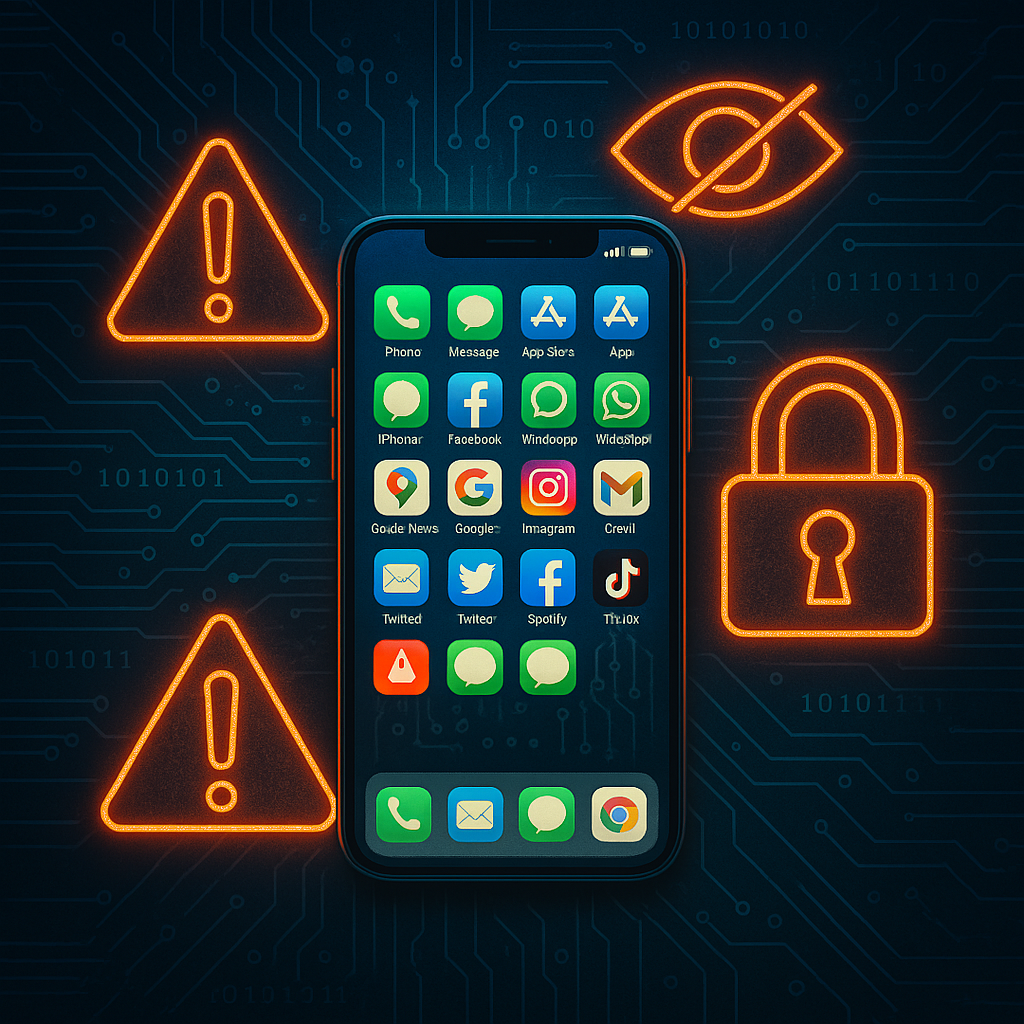AI Security Guidelines: A New Framework for Safeguarding Artificial Intelligence
Artificial intelligence is becoming a key part of many industries. However, as AI becomes more common, the risks linked to its misuse or failure are also growing. To help manage these challenges, global cybersecurity experts have released updated AI security guidelines. These rules aim to make sure AI systems are safe and trustworthy.
Why AI Security Matters
AI systems often make decisions without human help. They also process sensitive data, which makes them valuable targets for cyberattacks. Without proper protection, AI can:
- Make wrong choices due to bad input
- Expose private data
- Be tricked or corrupted by hackers
Because of these risks, strong guidelines are needed to keep AI safe from harm.
What the AI Security Guidelines Cover
The new guidelines give step-by-step advice for making AI systems secure from the start. They cover the full life cycle of an AI system, from design to daily use.
1. Build Securely from the Start
First, design AI systems with security in mind. This means:
- Checking data for errors or bias
- Limiting access to important parts of the model
- Using encryption when sharing data or making predictions
2. Follow Safe Development Rules
Next, make sure the tools and code used to build AI systems are safe. This includes:
- Scanning for bugs or weak spots
- Keeping software up to date
- Testing code in a safe space before launch
3. Watch the System After Launch
Once an AI system is live, it must be monitored. The guidelines suggest:
- Keeping a log of what the system does
- Watching for strange behavior
- Having a plan for when things go wrong
4. Be Ready for Problems
Even well-built systems can fail. Therefore, teams should:
- Have a way to undo updates
- Keep track of model changes
- Work closely with security experts during issues
Global Effort Behind the Guidelines
These guidelines are the result of teamwork between security agencies from the US, UK, Canada, Australia, and New Zealand. Their goal is to create a shared approach to AI safety that works across industries and borders.
What Businesses Should Do
To stay safe, companies using AI should:
- Run checks to spot risks early
- Train staff on AI safety practices
- Follow the new AI security guidelines closely
Doing so not only protects data and systems but also builds trust with users and clients.
Conclusion
The release of these AI security guidelines is a big step toward making AI safer for everyone. By following them, businesses can reduce risks and stay ahead in a world where AI plays a growing role.




Comments are closed